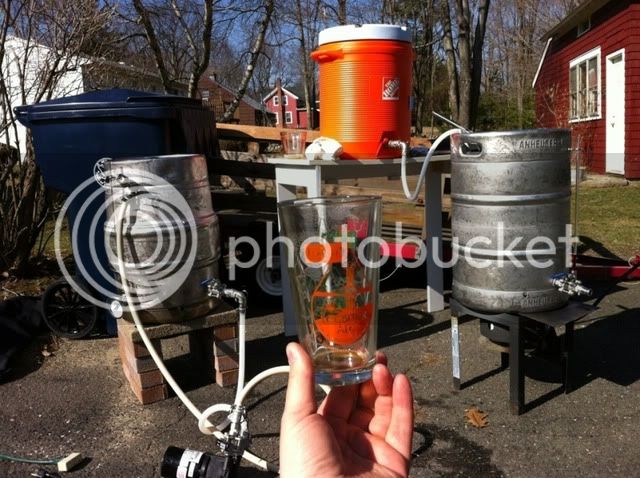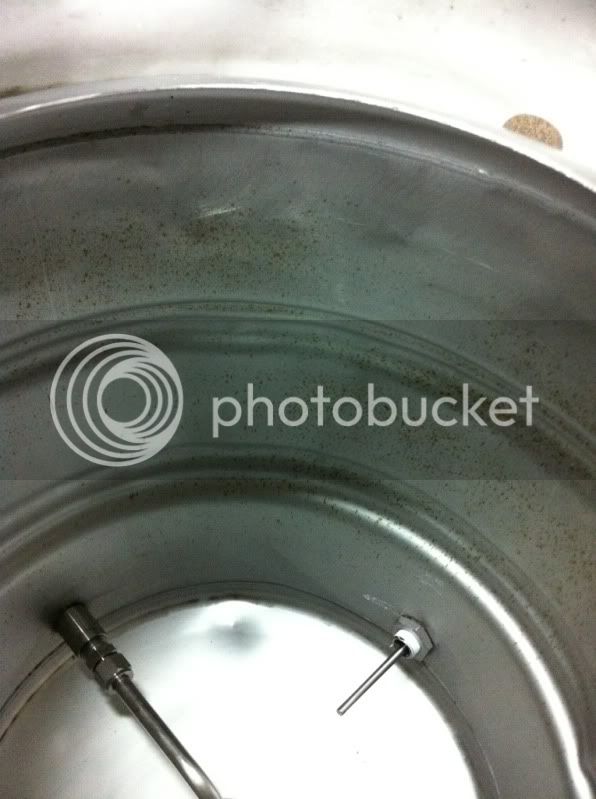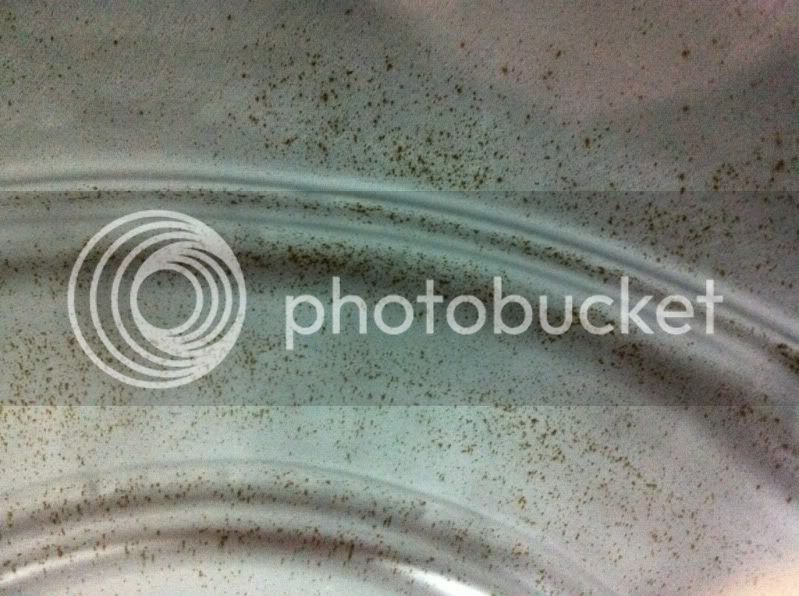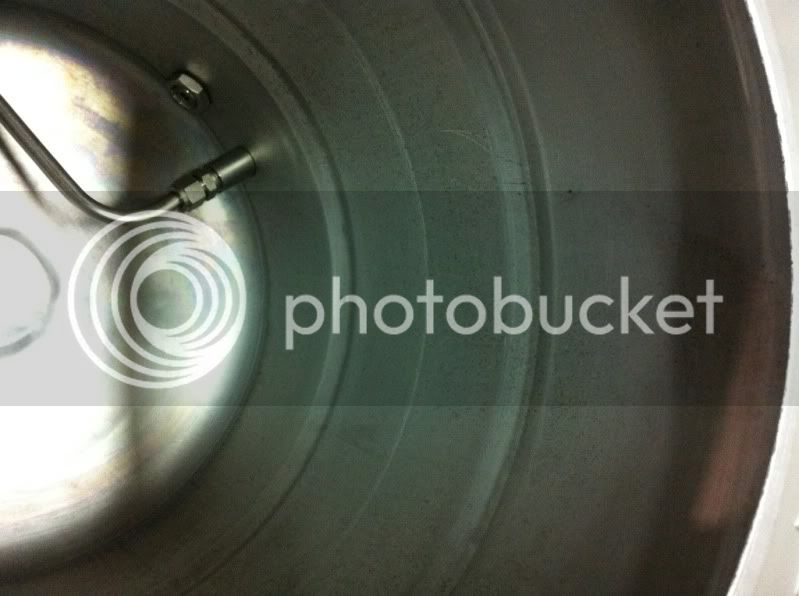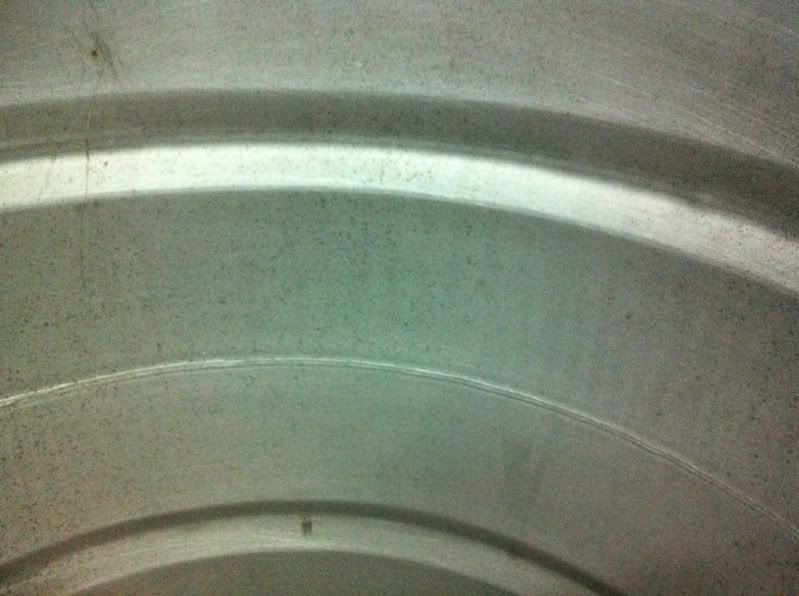stratslinger
Well-Known Member
I'm in the process of setting up a new keggle and HLT, hoping to brew with both next weekend, and yesterday I noticed what appear to be a handful of rust spots in the bottom of the keggle.
Now, these could be beer stone - I've never seen the stuff before, so I'll admit I could be mistaking the one for the other. So, a picture to help identify:
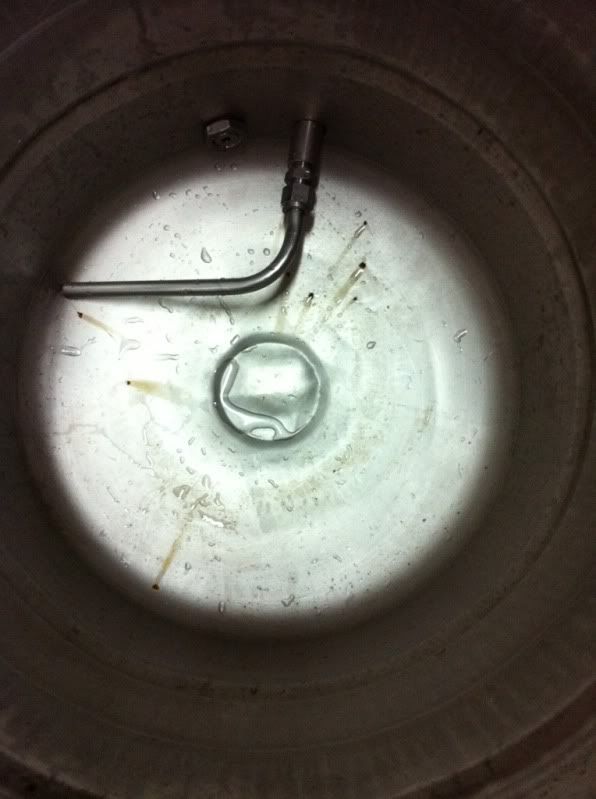
What's the best way to handle this? I do not have an angle grinder, but I do have a few different drills and such, and plenty of elbow grease to apply.
Now, these could be beer stone - I've never seen the stuff before, so I'll admit I could be mistaking the one for the other. So, a picture to help identify:

What's the best way to handle this? I do not have an angle grinder, but I do have a few different drills and such, and plenty of elbow grease to apply.


